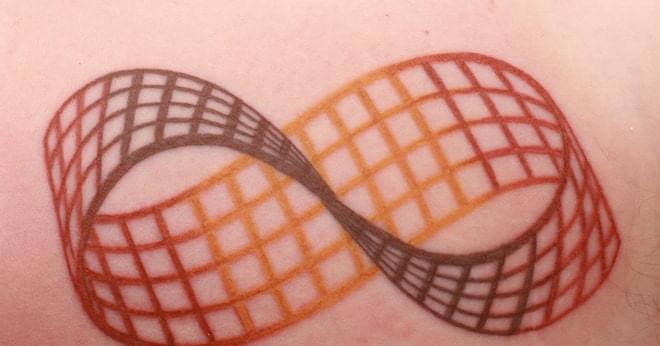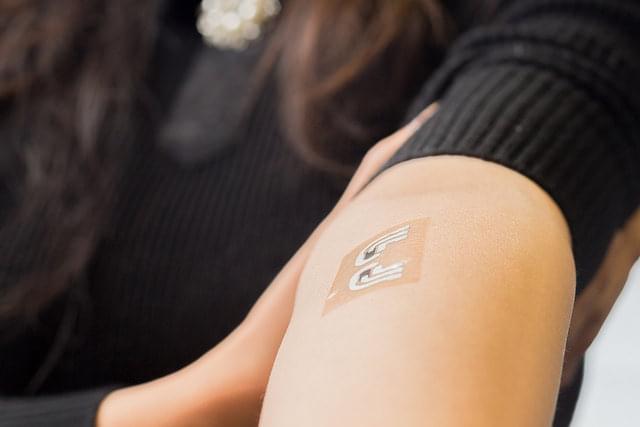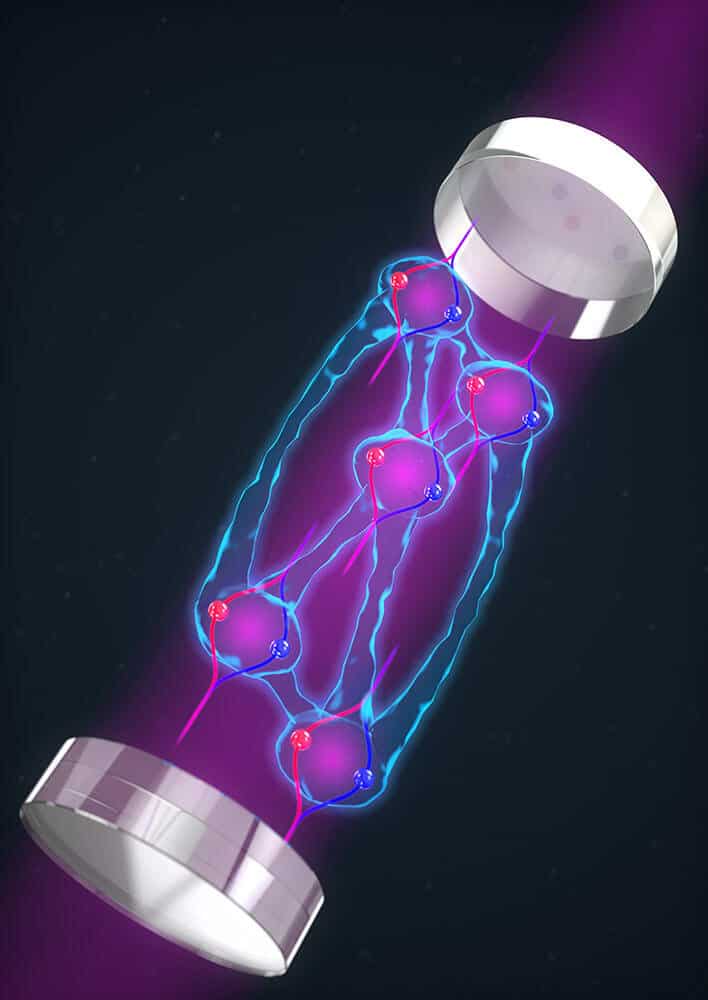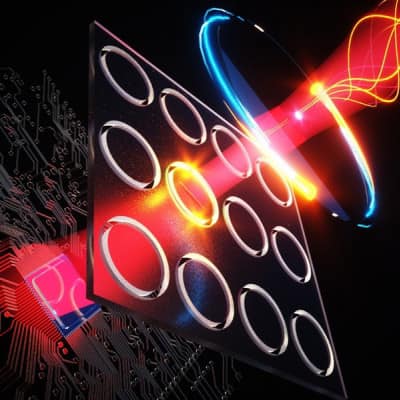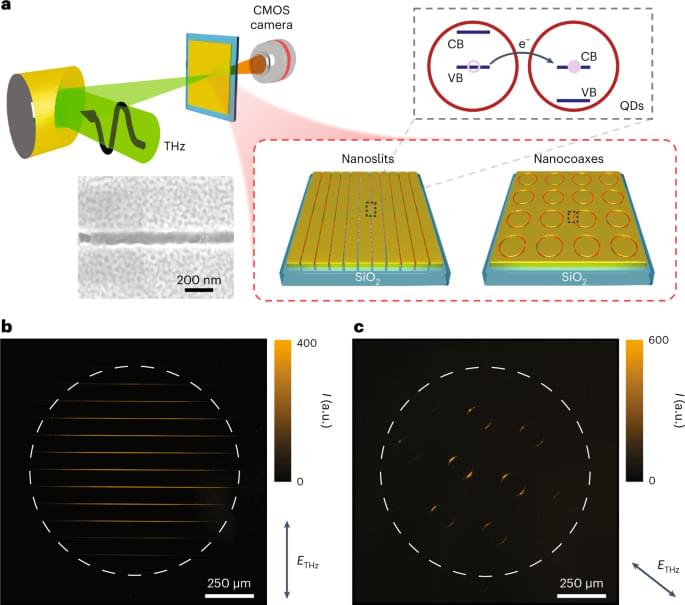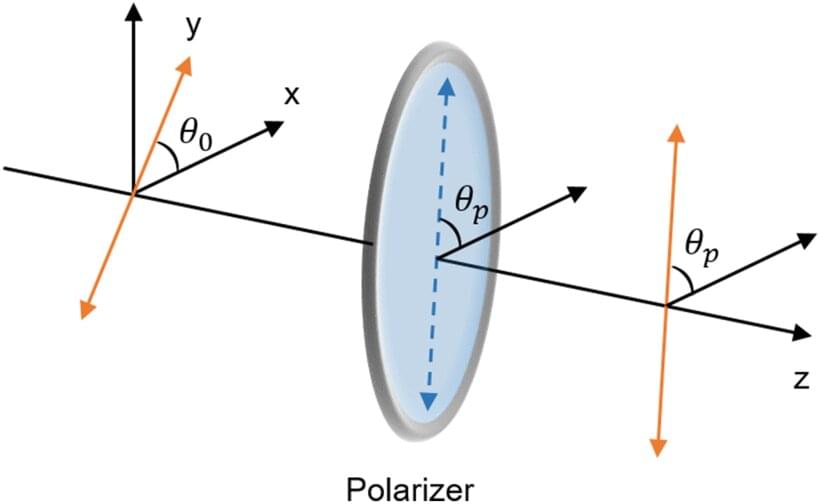Dec 3, 2022
The Illustrated Man: How LED Tattoos Could Make Your Skin a Screen
Posted by Quinn Sena in categories: computing, electronics
Year 2009 This is awesome 👌 👏
The title character of Ray Bradbury’s book The Illustrated Man is covered with moving, shifting tattoos. If you look at them, they will tell you a story.
New LED tattoos from the University of Pennsylvania could make the Illustrated Man real (minus the creepy stories, of course). Researchers there are developing silicon-and-silk implantable devices which sit under the skin like a tattoo. Already implanted into mice, these tattoos could carry LEDs, turning your skin into a screen.
Continue reading “The Illustrated Man: How LED Tattoos Could Make Your Skin a Screen” »
